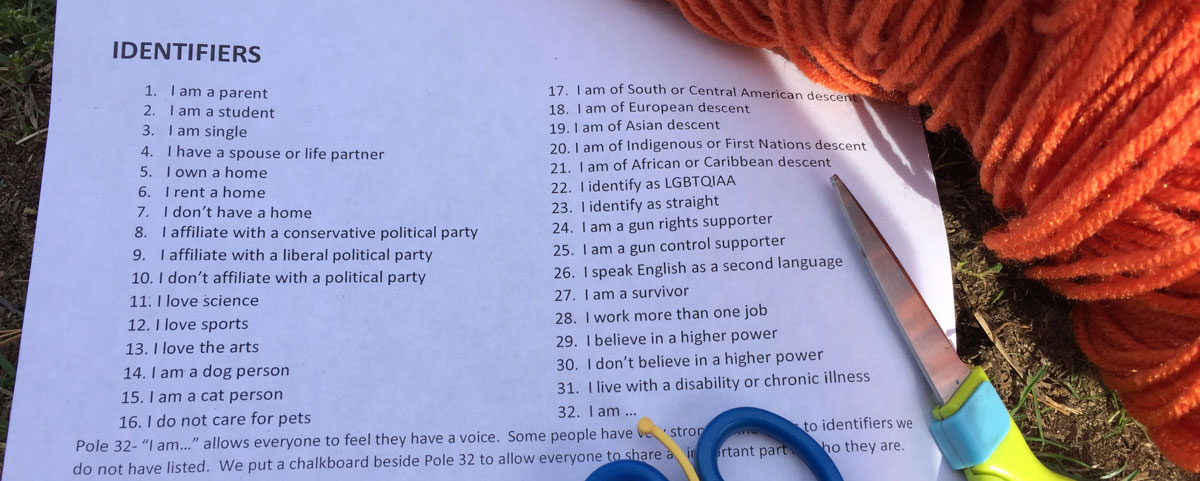Inclusive excellence means that we believe that actively fostering a learning environment that promotes inclusion and diversity is necessary for our overall institutional goal of providing an academically rigorous experience through an active and interdisciplinary education so that Wheaton students engage in “exceptional intellectual growth” (Wheaton Strategic Plan, p. 2). We recognize the challenges of promoting inclusive excellence at our institution, but believe that the changes outlined in this strategic plan will help us move toward a more inclusive and diverse community.
Inclusion means that faculty, staff, and students from all backgrounds feel welcomed, acknowledged, embraced, and engaged in the Wheaton experience. It means creating a learning environment that fosters respect for all perspectives, ideas, ways of being, and life experiences no matter how unique or different. Diversity means variety and heterogeneity among students, faculty, and staff based on a number of demographic factors, and their intersectionalities, including: age, ethnicity, gender, gender orientation, mental ability, nationality, physical ability, race, religion, sexual orientation and social class.
Two additional concepts will be presented throughout this plan that require definitions: capacity and competency. Capacity describes institutional and individual potential to be knowledgeable about diversity related topics and also to engage with others who are different in an open and productive manner. Competency describes the process individuals engage in to develop skills necessary to positively interact with people who are from a variety of cultural backgrounds and identities to create an inclusive learning environment on campus.
While these efforts are important, they represent Wheaton’s beginning attempts to support and promote inclusion and diversity. It is now time for the institution to take the work of the past and rethink how to establish inclusion and diversity work that leads to systemic change within the institution. Engaging in the process of establishing inclusive excellence requires more than increasing the number of students, staff, and faculty from underrepresented groups, more than providing “extra” resources for students from these groups, more than the requisite affinity student groups, more than including scholarship from underrepresented groups in course curricula; though these changes are very important and must continue to be worked on. According to AAC&U the aforementioned changes are vital “first order” changes that many institutions make when sincerely working on inclusion and diversity (Williams, Berger, & McClendon, 2005). Wheaton is now ready to augment these first order changes and engage in “second, third, and fourth order” organizational changes, which are more challenging (Williams, Berger, & McClendon, 2005). Nonetheless, Wheaton is ready to go beyond surface level change and make significant institutional changes.
